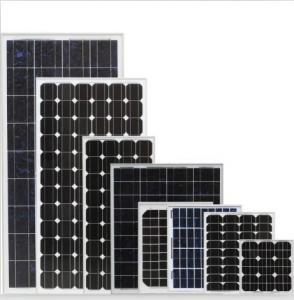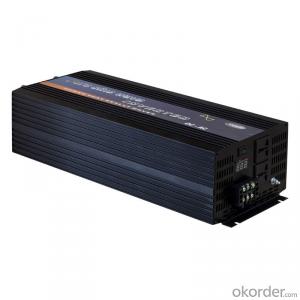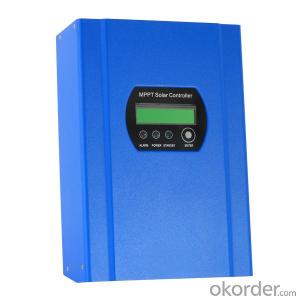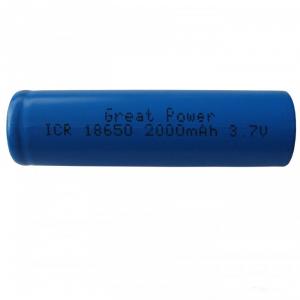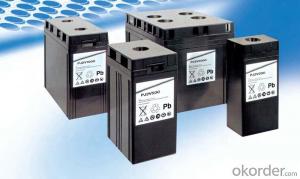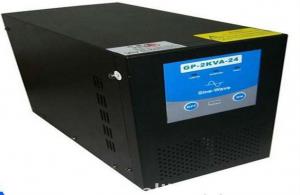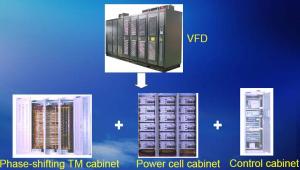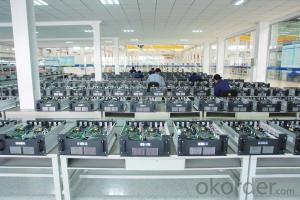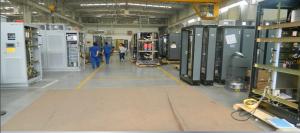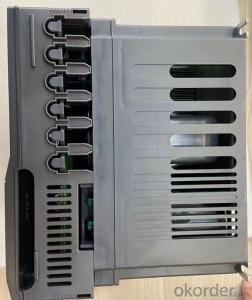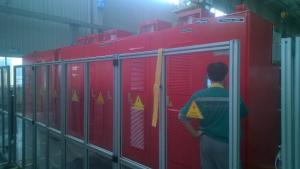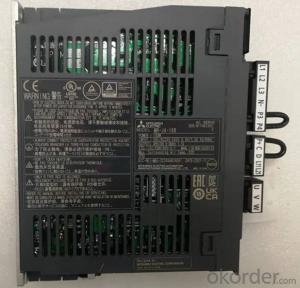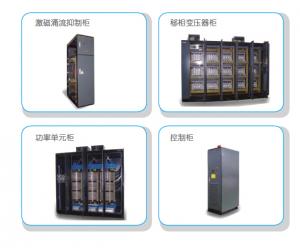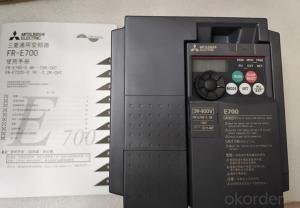2000w Solar Inverter
2000w Solar Inverter Related Searches
Solar Inverter 2000w Solar 2000w Power Inverter 2000 Watt Solar Inverter Solar Power Inverter 2000w Solar 2000 Watt Inverter 2000 Watt Solar Power Inverter Solar 2000 Watt Power Inverter Solar Inverter 2000 Watt 2000va Solar Inverter 2000w Solar Inverter Price 200w Solar Inverter 200 Kw Solar Inverter 200kw Solar Inverter 200 Watt Solar Inverter 3000w Solar Inverter 200 Amp Solar Inverter 3000w Inverter Solar 2kw Solar Inverter 12000 Watt Solar Inverter 20 Kw Solar Inverter 2kw Inverter Solar 20kw Solar Inverter Solar 2kw Inverter Solar Inverter 3000w 4000w Solar Inverter 3000w Solar Power Inverter 1000w Solar Inverter 2 Kilowatt Solar Inverter Solar Inverter 4000w 1000 W Solar Inverter2000w Solar Inverter Supplier & Manufacturer from China
The 2000w Solar Inverter is a high-performance product designed to convert solar energy into usable electrical power. This efficient device is equipped with advanced technology, making it an ideal choice for various applications such as residential and commercial power systems, off-grid solar setups, and backup power solutions. The 2000w Solar Inverter is specifically engineered to handle the demands of modern energy needs while ensuring reliability and durability.The 2000w Solar Inverter is widely used in various scenarios, providing a sustainable and eco-friendly source of power. It is particularly beneficial in areas with limited access to traditional power grids or where there is a need for a reliable backup power source. This product is also gaining popularity in remote locations, such as off-grid cabins, boats, and RVs, where it can supply essential power for lighting, appliances, and other electrical devices. The 2000w Solar Inverter's versatility makes it a valuable addition to any energy-conscious system.
Okorder.com is a leading wholesale supplier of the 2000w Solar Inverter, offering a vast inventory to cater to the needs of various customers. With a commitment to quality and customer satisfaction, Okorder.com ensures that each 2000w Solar Inverter is thoroughly tested and meets the highest industry standards. By partnering with Okorder.com, customers can expect to receive a reliable and efficient product at competitive prices, making it an excellent choice for those looking to invest in sustainable energy solutions.
Hot Products


